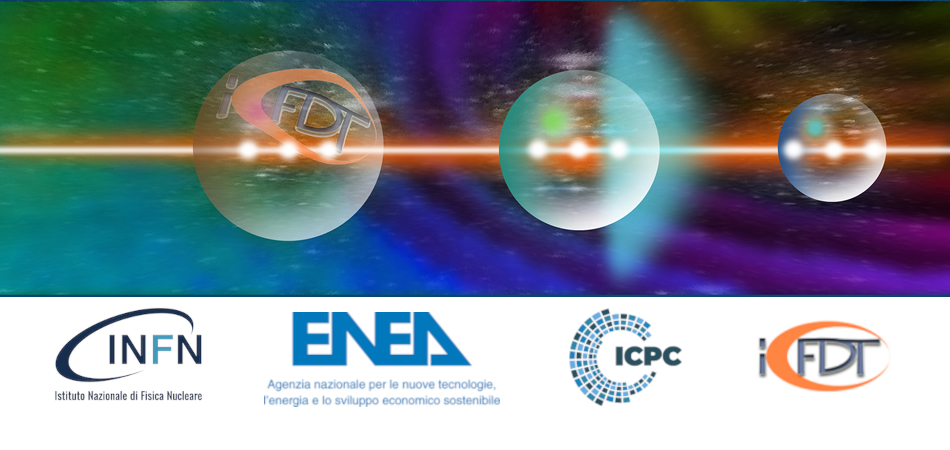Speaker
Description
The effective ion charge, Zeff, is a key parameter in magnetic confinement fusion plasma, quantifying the average ionization state of impurities and is critical for assessing plasma impurity level and radial impurity distribution. In ITER tokamak, the expected Zeff is around 1.8, with permissible variations limited to ±0.2. The visible bremsstrahlung measurement is a useful tool for measuring Zeff and therefore is widely used in many tokamak devices, including EAST [1], DIII-D [2], ASDEX Upgrade [3]. Due to a poor plasma accessibility with large distance between plasma and port for the machine with superconducting coils, e.g. EAST tokamak, it is difficult to observe the full radial profile of visible bremsstrahlung based on conventional ex-vessel optics. Very recently, in EAST, based on the endoscopic optic design a space-resolved visible spectrometer working at 370-850 nm has been newly developed to observe full radial profile of line emissions from lowly charged impurity ions and visible bremsstrahlung continua. The visible spectrometer system consists of a vertically aligned 60-channel fiber-optic array, three diffraction gratings with groove densities of 300, 1200, and 2400 grooves/mm respectively, and a CMOS detector (Andor Marana 4.2B). Wavelength calibration is performed using the neon and xenon lamps, as well as the well-known spectral lines from plasma. Meanwhile, absolute intensity calibration is performed using an integrating sphere standard light source. Precise wavelength and absolute intensity calibration enables an accurate determination of bremsstrahlung intensity across all channels. Local bremsstrahlung emissivity profile is then derived from the space-resolved measurement of these chord-integrated bremsstrahlung intensity by Abel inversion methods based on the EFIT magnetic equilibrium calculation and measurement of electron density and electron temperature profiles. Relationship between Zeff and the local bremsstrahlung emissivity is established by incorporating the Gaunt factor into classical radiation theory and simplifying the expression based on the typical parameters observed in EAST. In this work, the entrance slit with 50 µm width, a grating with 300 grooves/mm, cycle time of 100 ms/frame is set respectively for the observation. And the bremsstrahlung at central wavelength of 523 nm with a bandwidth of 0.2 nm is selected for the calculation of Zeff profiles. The experiment was performed with the upper single null (USN) divertor configuration. The auxiliary heating scheme was a 0.6MW Electron Cyclotron Resonance Heating. As a result, the full radial profile of Zeff is obtained in EAST plasma for the first time. The achievement of full radial profile of Zeff is essential not only for impurity level assessment, impurity control, plasma scenario development but also for the in-situ absolute intensity calibration of existing EUV spectrometers [4-5].
References
[1] Y. Cheng et al., Fusion. Eng. Des. 88.11 (2013): 2825-2829.
[2] D. Whyte et al., Nucl. Fusion 38 (1998): 387.
[3] H. Meister et al., Rev. Sci. Instrum. 74 (2003): 4625–4633.
[4] Y. Zhou et al., Rev. Sci. Instrum. 81.10 (2010).
[5] L. Zhang et al., Rev. Sci. Instrum. 86.12 (2015)

